Description
Please provide me with more information about “Silver Paste.” To write an informative and engaging article, I need to know:
- What kind of silver paste are you referring to? Is it:
- Electronics grade silver paste? (Used in printed circuit boards, solar cells, conductive adhesives, etc.)
- Silver polishing paste? (Used for cleaning silverware and other silver items.)
- A different kind of silver paste with specialized applications?
- Who is your target audience? (General public, hobbyists, industry professionals, etc.)
- What is the desired tone of the article? (Informative, technical, practical, etc.)
- Are there any specific aspects you want me to focus on? (e.g., Applications, benefits, risks, alternatives, market trends, etc.)
Once I have this information, I can create a relevant and well-written article about silver paste.
For example:
- If you’re interested in electronics-grade silver paste for a technical audience, I could write about:
- Composition and properties of different types of silver paste.
- Manufacturing processes and quality control.
- Applications in solar cells, flexible electronics, and printed electronics.
- Emerging trends and research in silver paste technology.
- If you’re interested in Silver polishing paste for a general audience, I could write about:
- How silver tarnishes and why it needs polishing.
- Different types of silver polishes (including pastes).
- Step-by-step instructions on how to polish silver using silver paste.
- Tips for protecting silver from tarnish.
In the meantime, here’s a very general placeholder article based on the assumption that you’re talking about electronics-grade silver paste:
Silver Paste: The Unsung Hero of Modern Electronics
Silver paste, a seemingly simple mixture of silver particles and a binder, plays a critical role in a vast array of modern electronic applications. From the solar panels that generate clean energy to the smartphones we rely on for communication, silver paste is often the invisible backbone of many technologies.
What is Silver Paste?
At its core, silver paste is a composite material consisting primarily of finely dispersed silver particles within an organic or inorganic binder. The silver provides excellent electrical conductivity, while the binder ensures proper adhesion, printability, and overall stability. The properties of the paste can be carefully tailored by adjusting the size, shape, and concentration of silver particles, as well as the composition of the binder.
Key Applications:
The unique properties of silver paste make it indispensable in several key industries:
- Solar Cells: Silver paste is used to form the front-side contacts on silicon solar cells, facilitating the efficient collection and transfer of electricity generated from sunlight.
- Printed Electronics: With the rise of flexible and wearable electronics, silver paste is proving critical for printing conductive traces and interconnects on flexible substrates like plastic or fabric.
- Printed Circuit Boards (PCBs): Silver paste is used in specific PCB manufacturing processes, particularly for creating vias (interconnecting layers) and conductive pathways in specialized applications.
- Conductive Adhesives: Silver-filled epoxy resins are used as conductive adhesives to bond electronic components and create electrical connections.
- Sensors: Silver paste is utilized in the fabrication of various sensors, including pressure, temperature, and chemical sensors.
The Benefits of Using Silver Paste:
- Excellent Conductivity: Silver is one of the most conductive metals, making it ideal for applications requiring efficient electrical transmission.
- Printability: Silver paste can be easily printed using various techniques like screen printing, inkjet printing, and dispensing, making it suitable for high-volume manufacturing.
- Adhesion: The binder ensures good adhesion to a wide range of substrates, providing reliable electrical connections.
- Cost-Effectiveness: While silver is a precious metal, the relatively small amounts used in silver paste make it a cost-effective solution compared to other conductive materials in many applications.
Challenges and Future Trends:
Despite its advantages, the use of silver paste faces challenges, including the cost of silver and environmental concerns related to the disposal of silver-containing materials. Ongoing research focuses on developing more sustainable and cost-effective alternatives, such as copper or carbon-based pastes. However, silver paste’s superior conductivity and reliability ensure its continued importance in the electronics industry for the foreseeable future.
The world of silver paste is a dynamic and evolving field. As technology advances, new formulations and applications will continue to emerge, solidifying its role as a silent but powerful enabler of modern innovation.
Please provide more details so I can tailor the article to your specific needs.

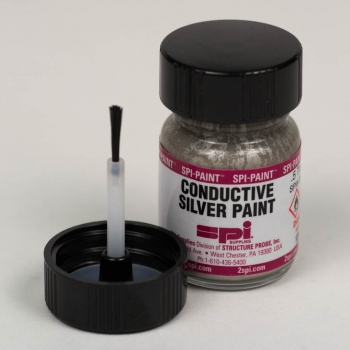

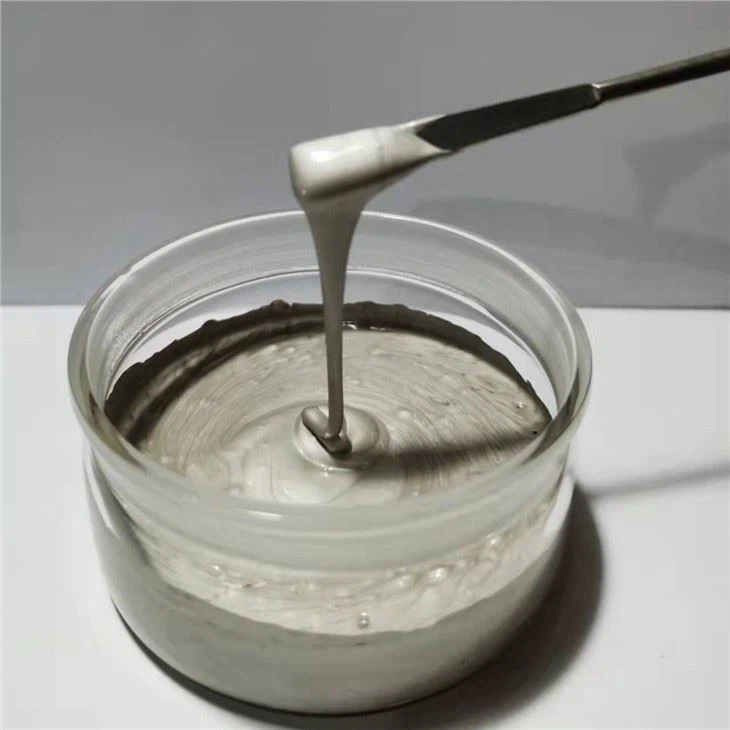



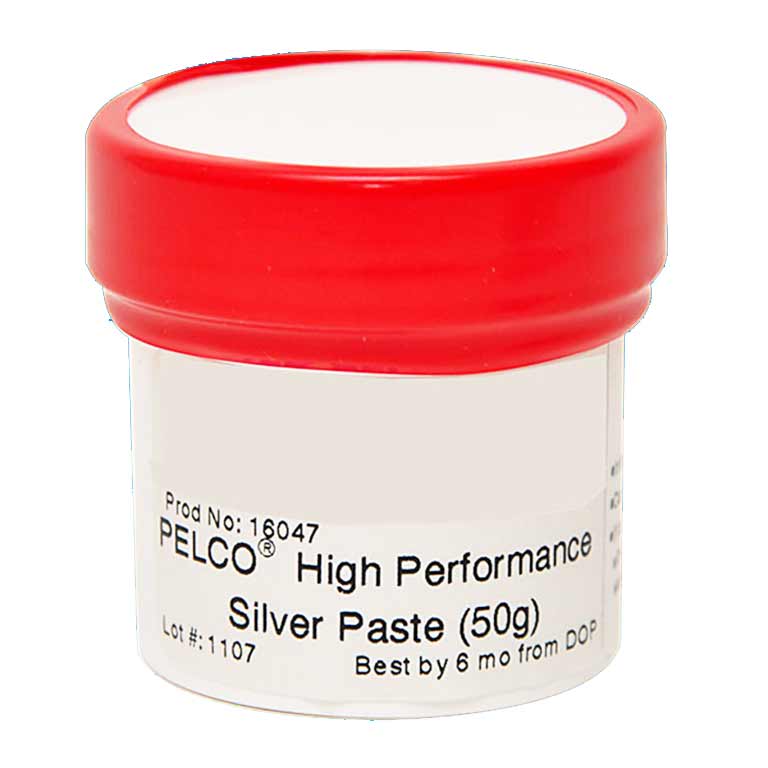
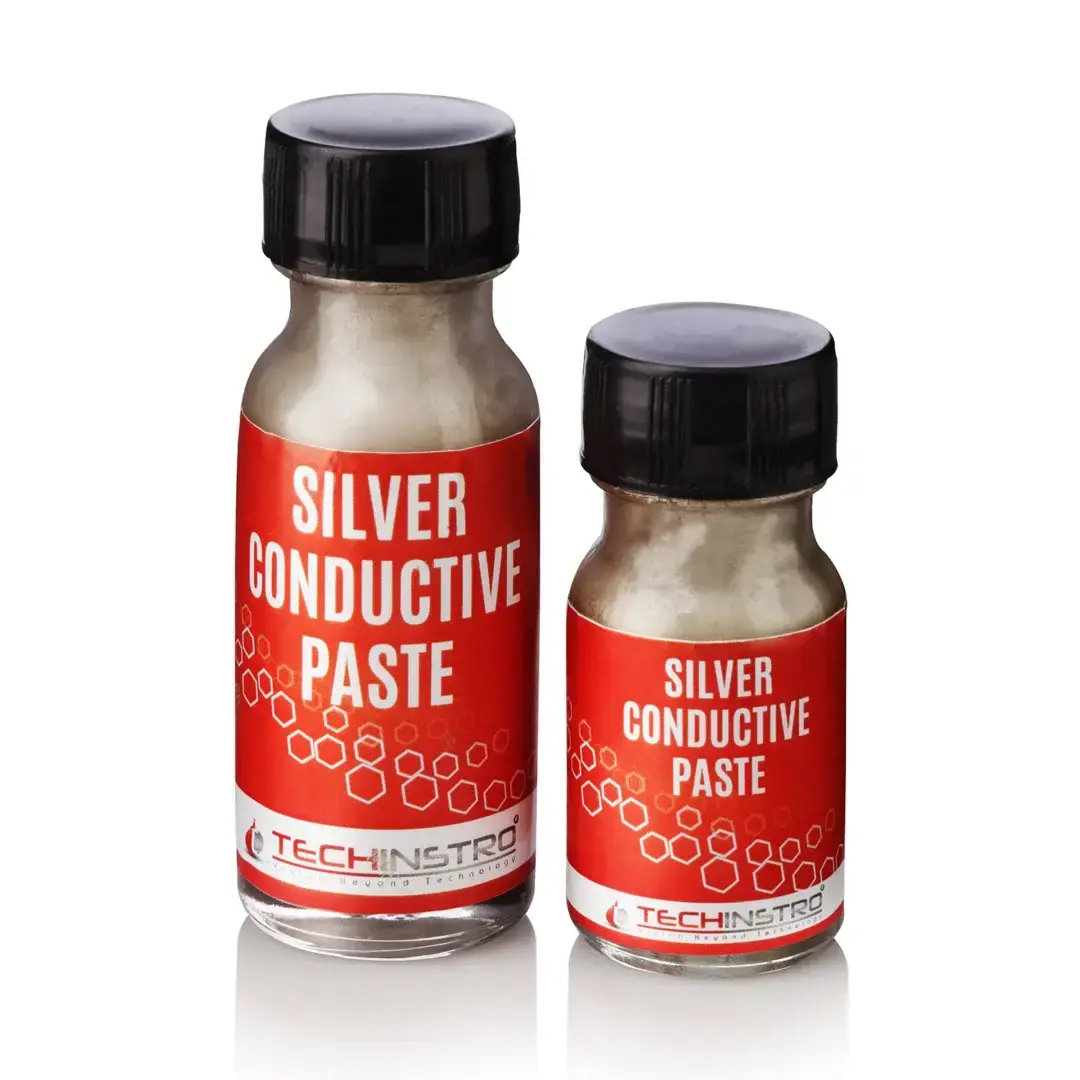
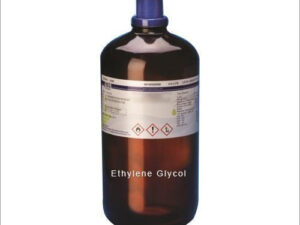
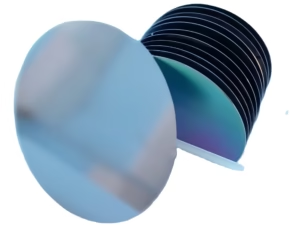
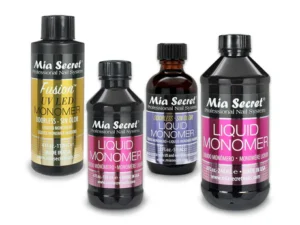

Reviews
There are no reviews yet.